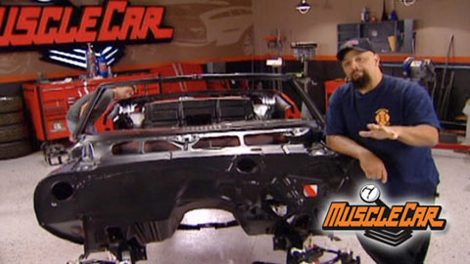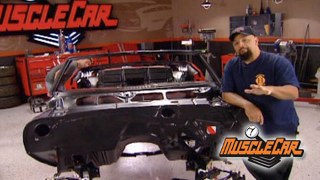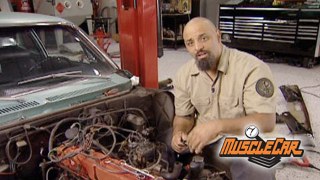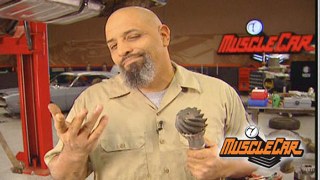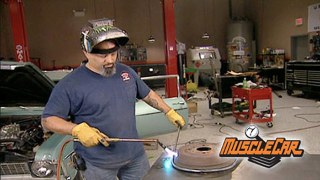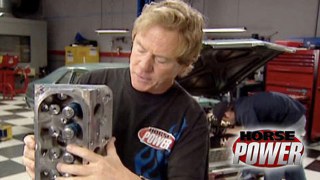Parts Used In This Episode
BF Goodrich
215/45 ZR 17-G Force T/A Tires.
BF Goodrich
295/35 18G-Force Drag Radial Tire.
Chevrolet Performance
4L60-E, Four Speed, Computer Controlled Automatic Overdrive Transmission.
Chevrolet Performance
ZZ-4 350 Crate Motor.
Edelbrock
Endruashine Thunder Series AVS 650 CFM.
Hushmat
Sound Deadening Matting.
Mallory Performance
Distributor.
Vintage Air
Front Runner Sperpentine Drive.
YearOne
1969 Camaro Body.
